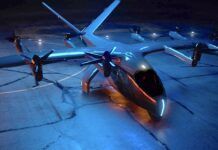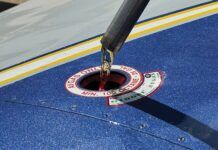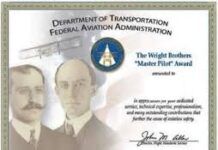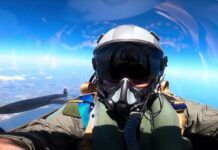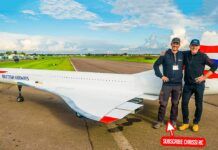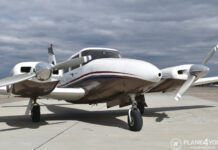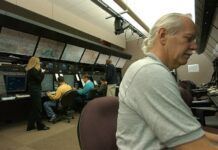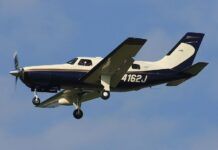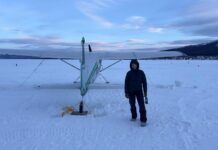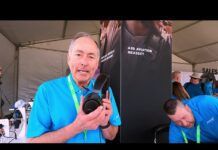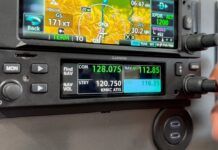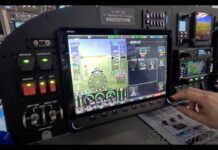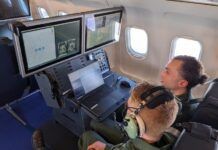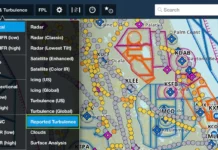
Letter of the Week: A Different Angle
Regarding the item on angle of attack indicators: I’m all for improving flight safety, but in my opinion the AOA indicators that measure air pressure differential at locations other than on the upper wing camber are, while cleverly conceived, not much more than glorified stall-warning horns. They are not accurate enough to dependably help prevent stall/spin accidents.
This is because, aerodynamically, such an AOA is a very imprecise substitute for one that can sense or measure the solely important factor of boundary layer flowing over the wing, which is the only long-ago-proven, dependable way to detect a stalling wing. (If you have any doubts about this, watch any of the 1930s-era wind-tunnel research videos illustrating this fact.)
Further, I believe that relying on the average aircraft owner to self-calibrate one of these “differential” AOA units by a trial-and-error sequence of stalling the aircraft is too demanding and the best results too imprecise to depend on. I see a false sense of security, and I would neither install one nor rely on one.
Instead, let’s get back to the drawing board using the best of today’s technology in materials and electronics to develop a robust and marketable solution to this problem once and for all.
Dave Abate
Regarding the change in alpha angle with flaps extended, I would guess that the difference might be greater on higher-performance airplanes, but on my Cessna P172D, the difference between no flaps and full (40 degrees) flaps is negligible.
I have my Alpha Systems mechanical system adjusted so that when the needle is at the red/yellow mark, that represents the alpha angle flaps up (as the instructions describe), alpha angle being the slowest airspeed where full control is still available in level flight. With full flaps, the needle falls maybe a needle’s width below the red/yellow mark – and, as you know from looking at the mechanical meter head, that’s a very narrow needle.
Since if the red/yellow mark (or similar indication on the electronic versions) is used, there will be a little safety buffer with full flaps extended, I’m not sure there’s a real benefit to tying the AOA indicator systems to flap deployment for most GA aircraft.
Cary Alburn
Requirements Eclipsed
If the proposal from Eclipse is fully responsive to the Air Force request, it should reflect that the Air Force is “only interested in FAA Part 25 certified commercial off-the-shelf aircraft, which must be able to fly at least 300 knots at 500 feet above the ground.” The Eclipse doesn’t meet those requirements. It could not recertify to Part 25, the Vmo is 275, and the cabin is way too small to replace the mission of the current Beechjets.
Rich Gritter
Warbirds Draw
Regarding Mosquito owner Jerry Yagen’s request for a fee to display his Mosquito at AirVenture, how many people would fail to come to Oshkosh if no warbirds were there?
Jim Sellers
Good Training
Regarding the “Question of the Week“: I traded A&P work for flight training. I taught myself the ground school, and the flight training was very good with Rev. O. S. Murphy in Bowling Green, Kentucky in 1978. My solo time was mostly errands for the FBO. It was great.
Rick Caldwell
My flight school was so good that I wound up (after five years of training) becoming a CFII and ultimately chief pilot of the FAR Part 141 school. I worked there for another five years before going on to flying for American Eagle for a while, then becoming a staff editor at Business & Commercial Aviation, where I still contribute as a freelancer. The flight school was Westair, at HPN.
Mal Gormley
Read AVmail from other weeks here, and submit your own Letter to the Editor with this form.





